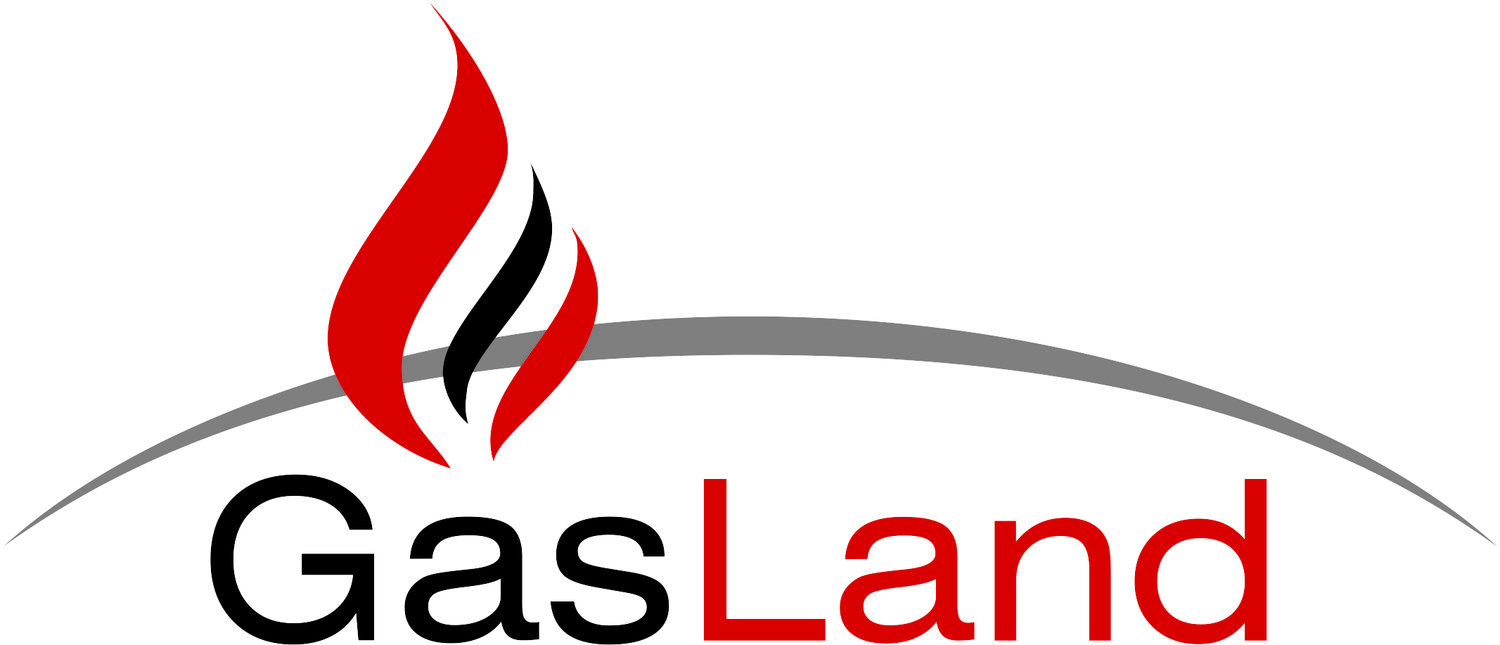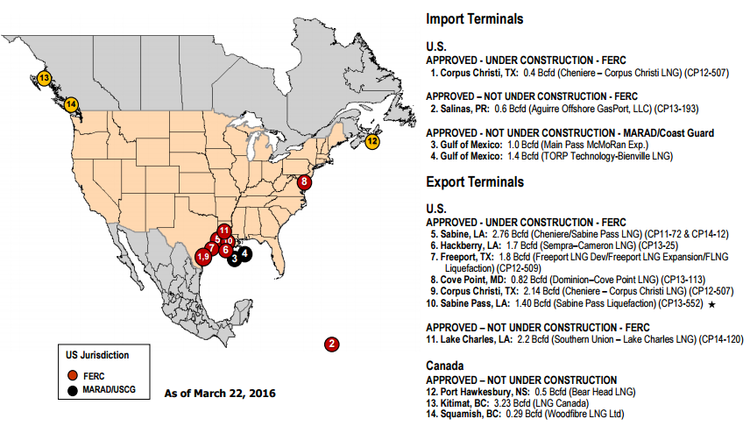Courtesy: EIA
However, Henry Hub was not alone. Other key regional trading hubs ended the year lower than their starting point. In northeastern locations, prices spiked during the early months of 2015; normally, natural gas transmission infrastructure is often constrained. According to EIA, total natural gas production measured in terms of dry gas volume, averaged an estimated 74.9 billion cubic feet per day (Bcf/d) in 2015, 6.3% greater than in 2014. Surprisingly, this increase occurred as the number of natural gas drilling rigs decreased. As of December 18th, there were 168 natural gas drilling rigs in operation, which is about half the number of rigs at the beginning of 2015, according to data from Baker Hughes Inc. Nevertheless, these rigs have been very productive and producers have made huge gains in drilling efficiency.
The combination of low prices and strong production increased natural gas for electric power generation and surpassed coal as the leading source of electricity generation. Natural gas is primarily used for residential and commercial [heat]; in 2015, its consumption declined 6.7% and 4.4% - respectively, due to warmer weather.
Much of the growth in natural gas production can be attributed to Marcellus and Utica shale regions. This served as an incentive for several major pipeline projects that came online in 2015 to transport more natural gas from these plays to consumers. In August 2015, the Rockies Express Pipeline (REX) reversal was completed. The Rockies Express Pipeline is 1,679 mile long of high pressure natural gas pipeline system that connects Rocky Mountains of Colorado to eastern Ohio, which is one of the largest natural gas pipelines ever built in North America.






